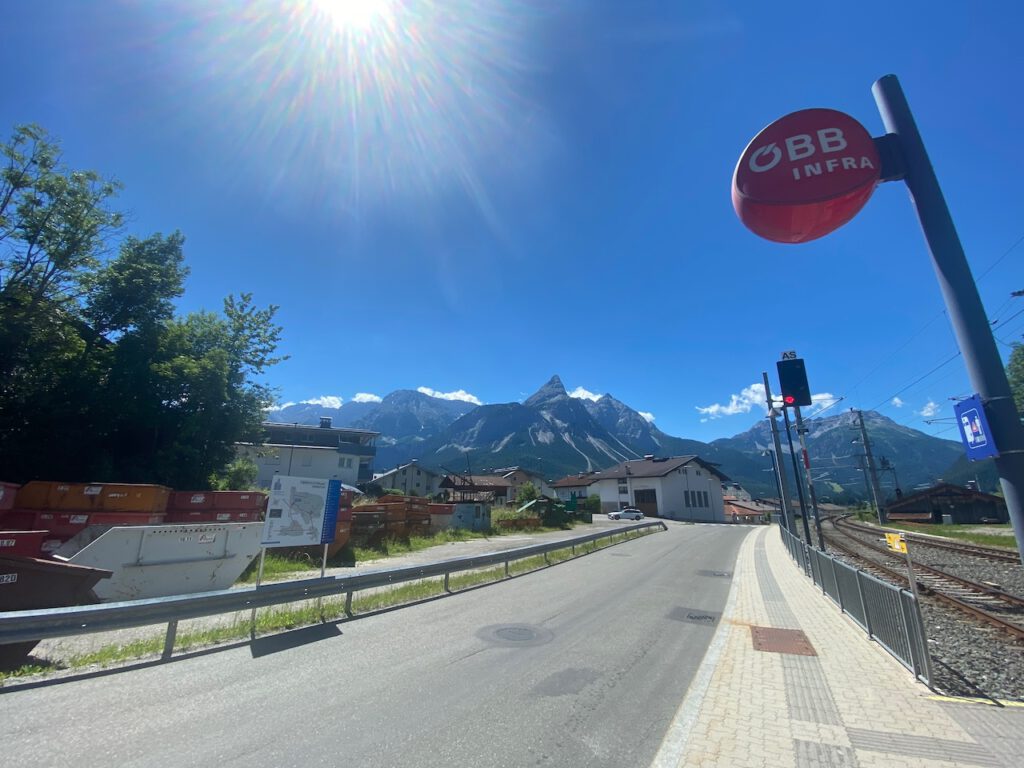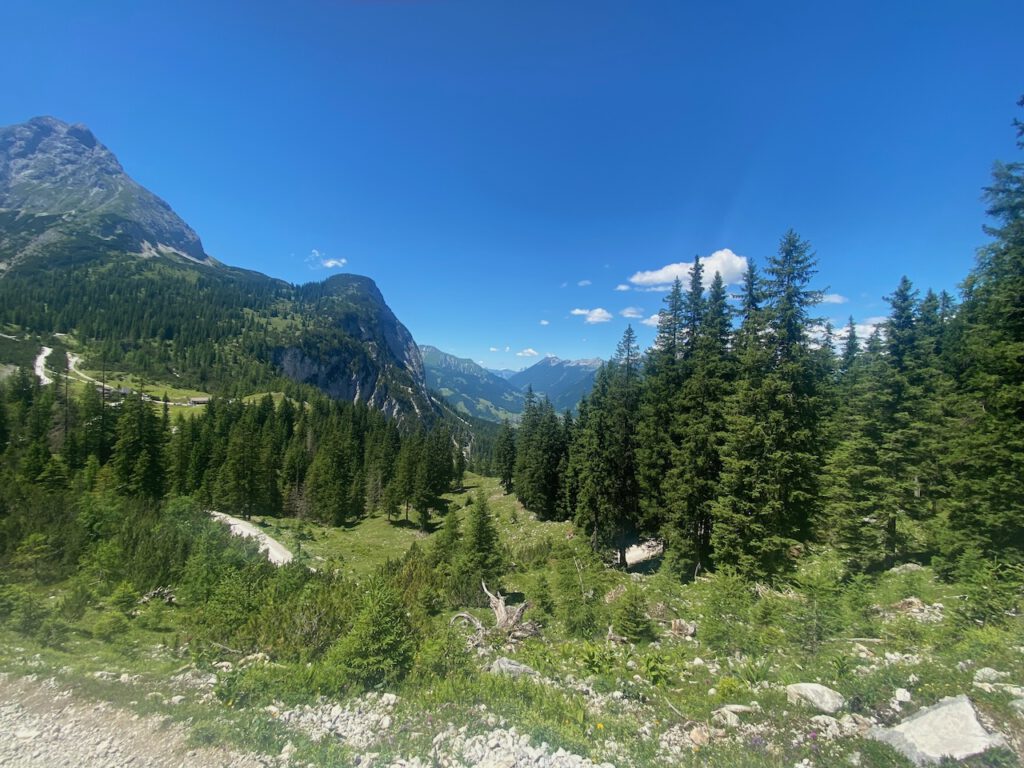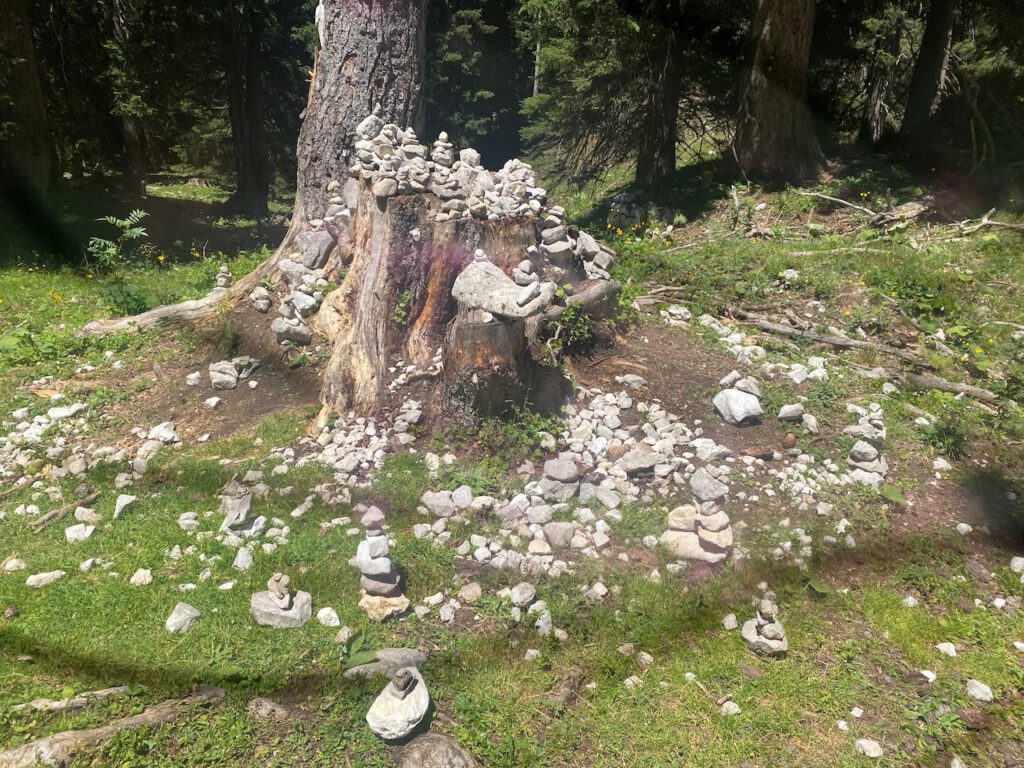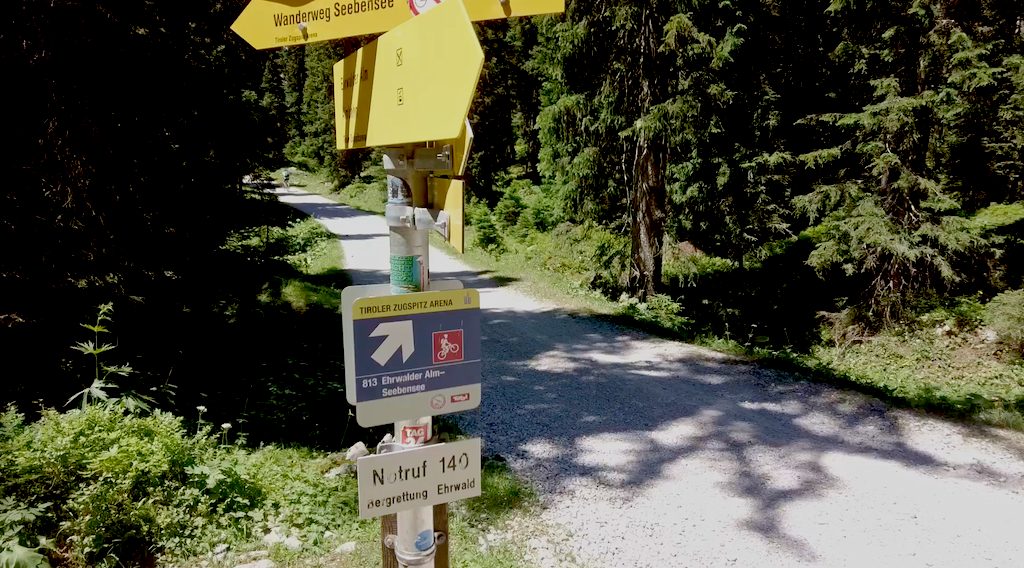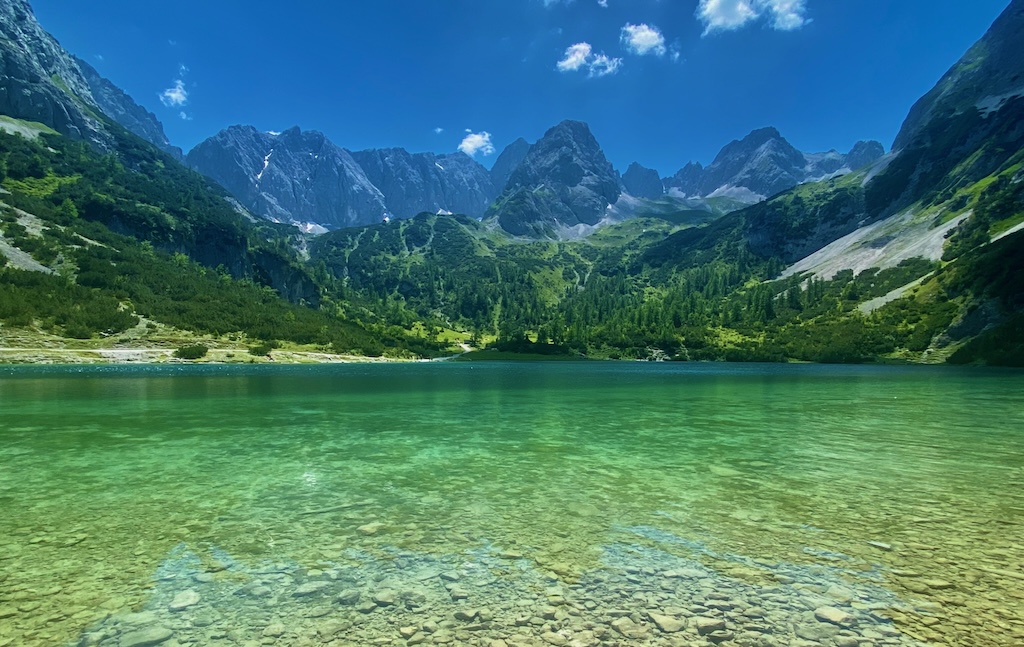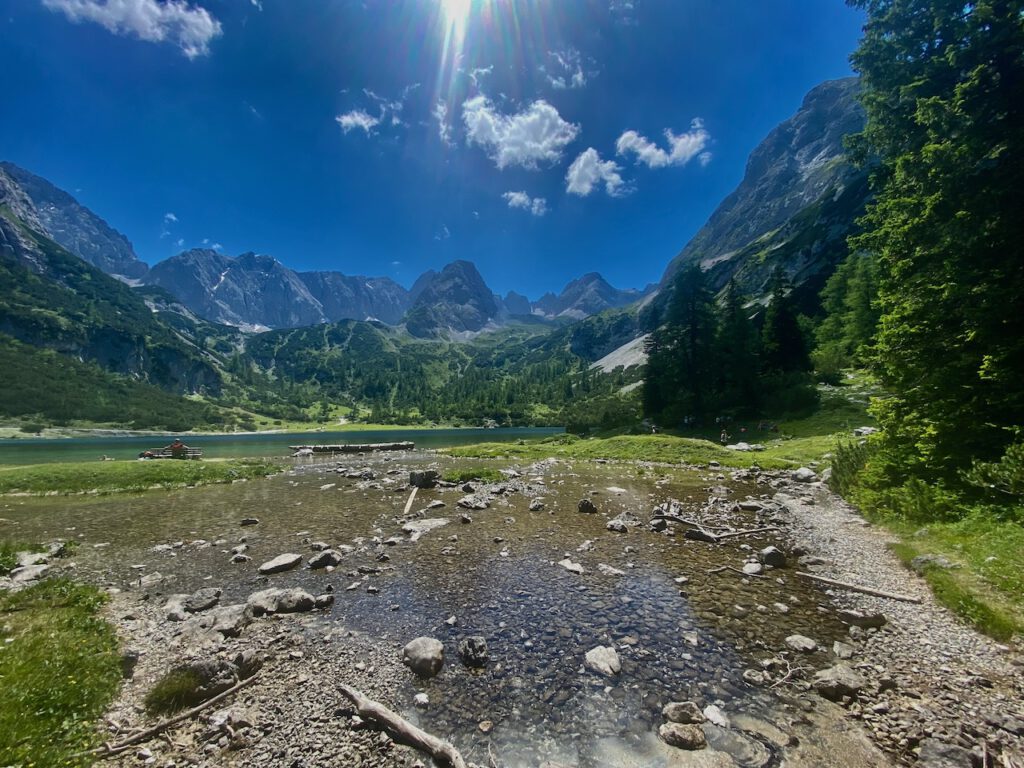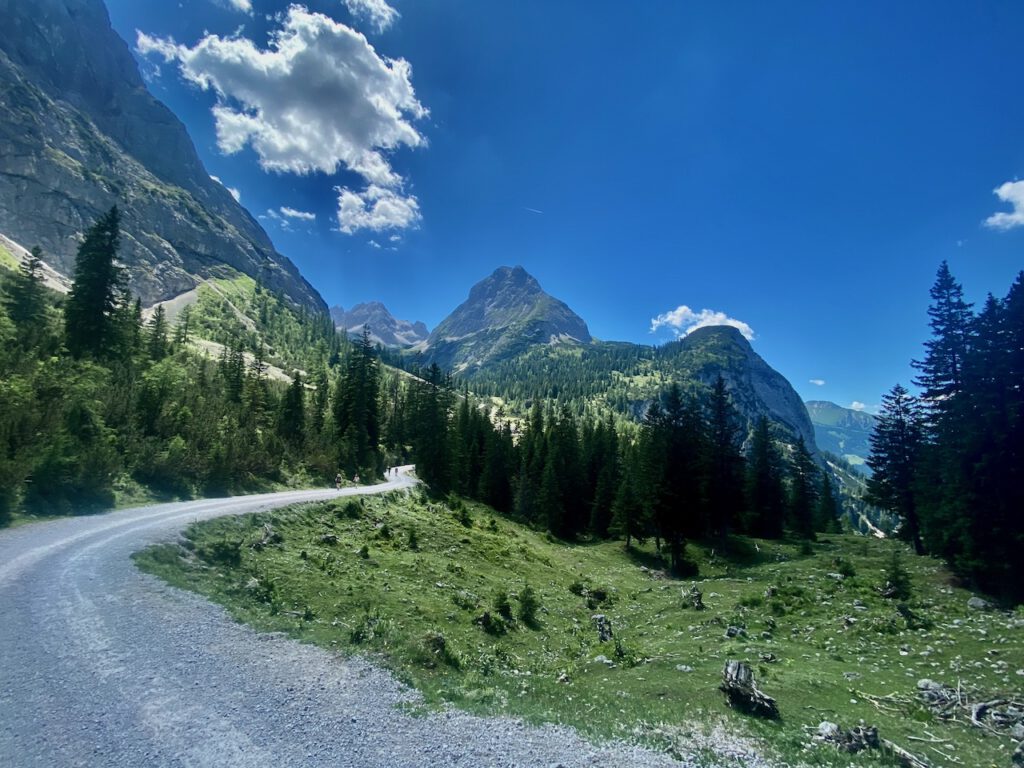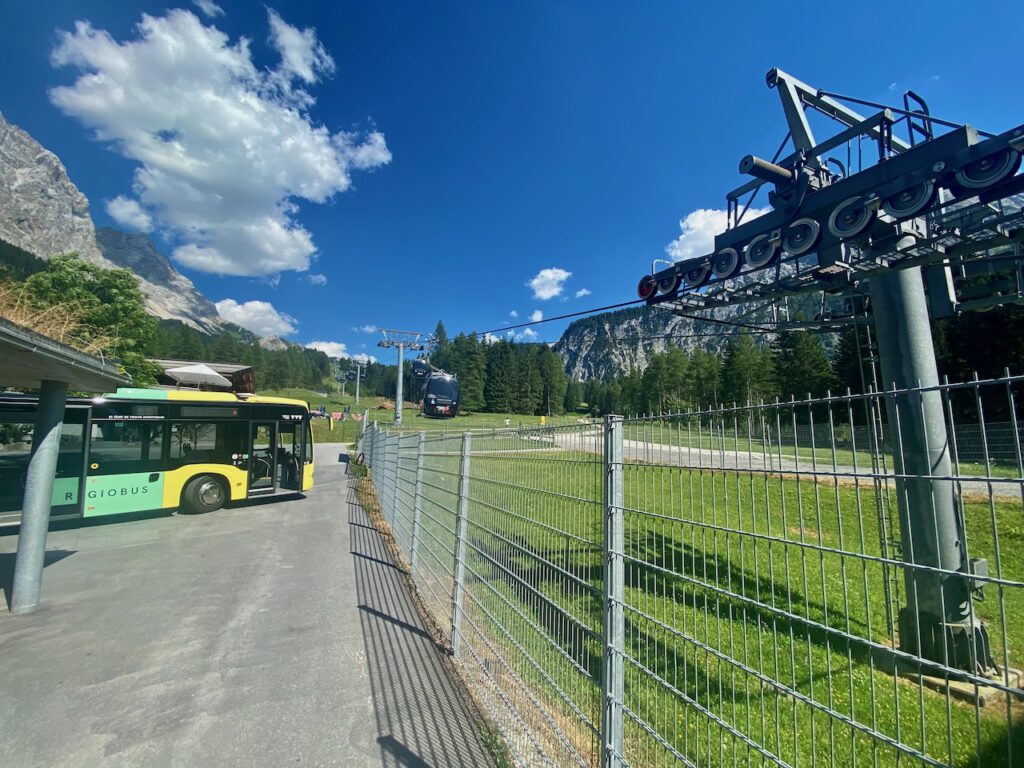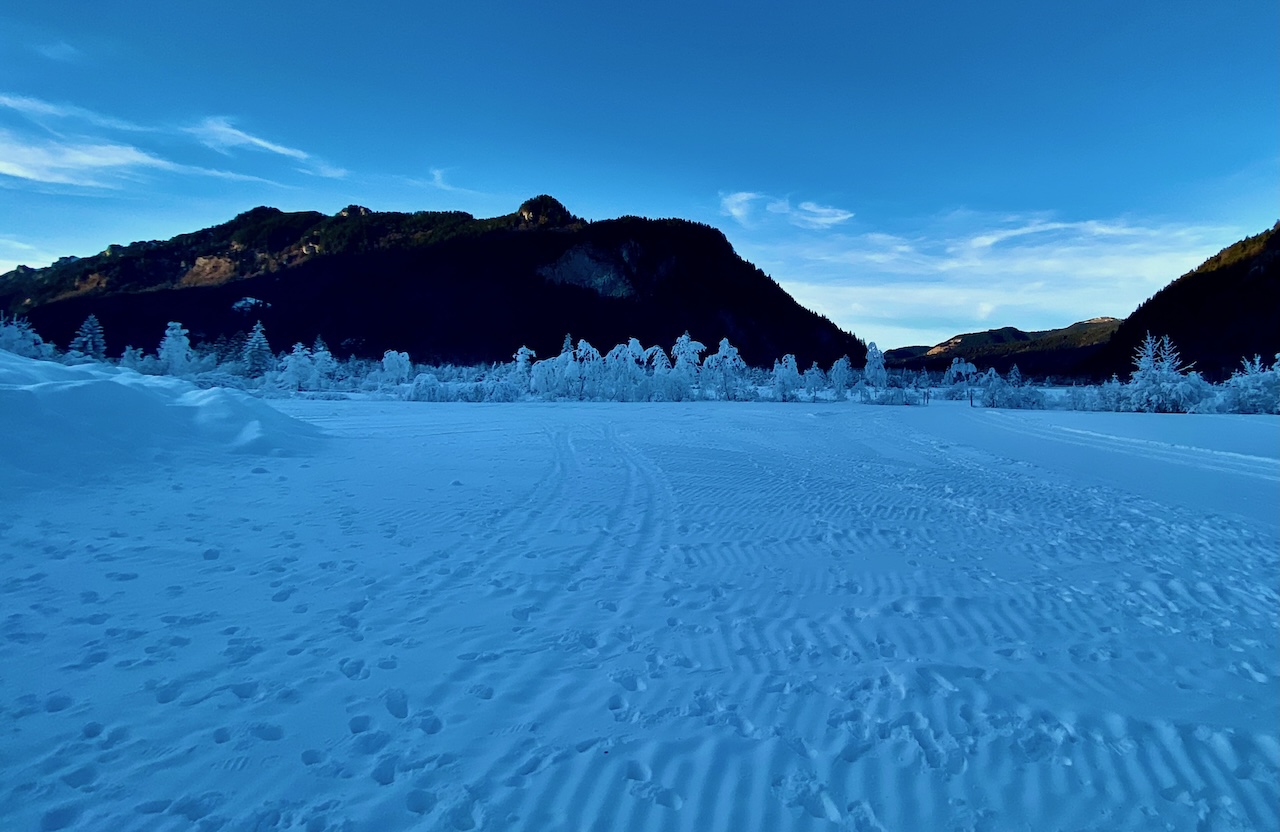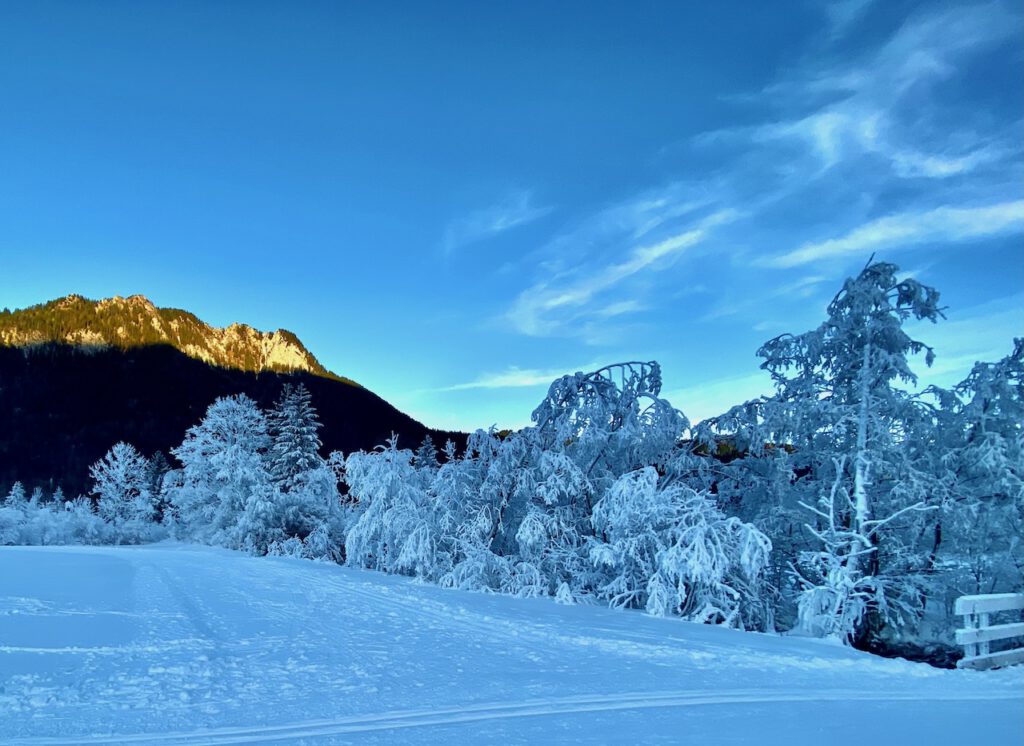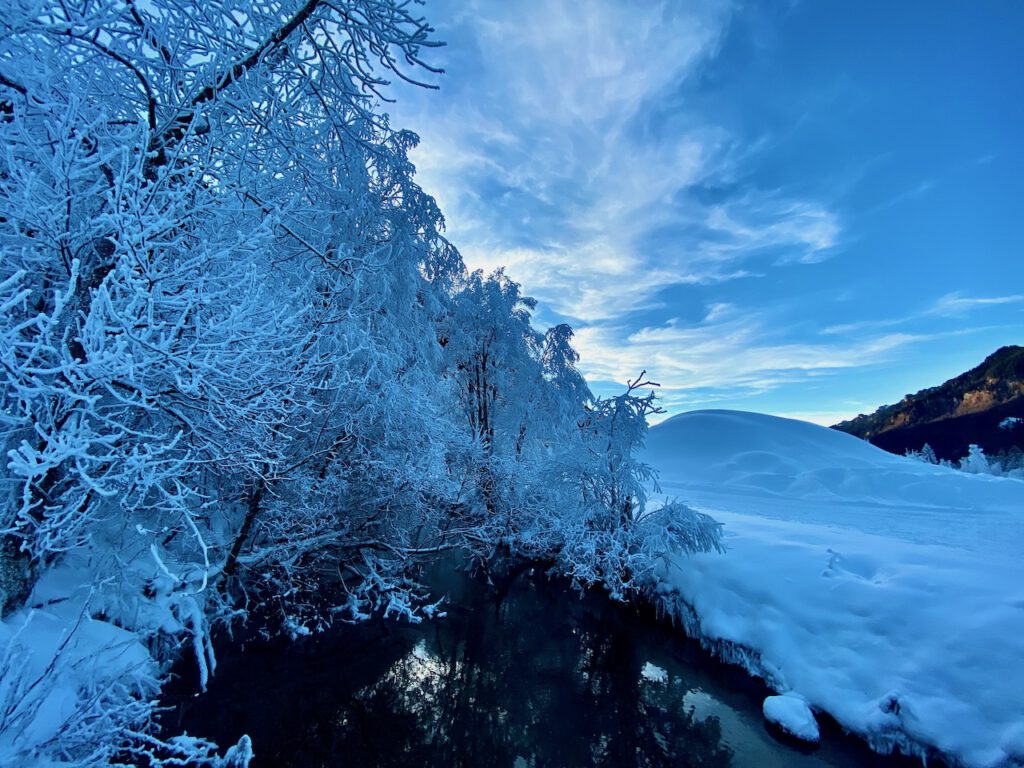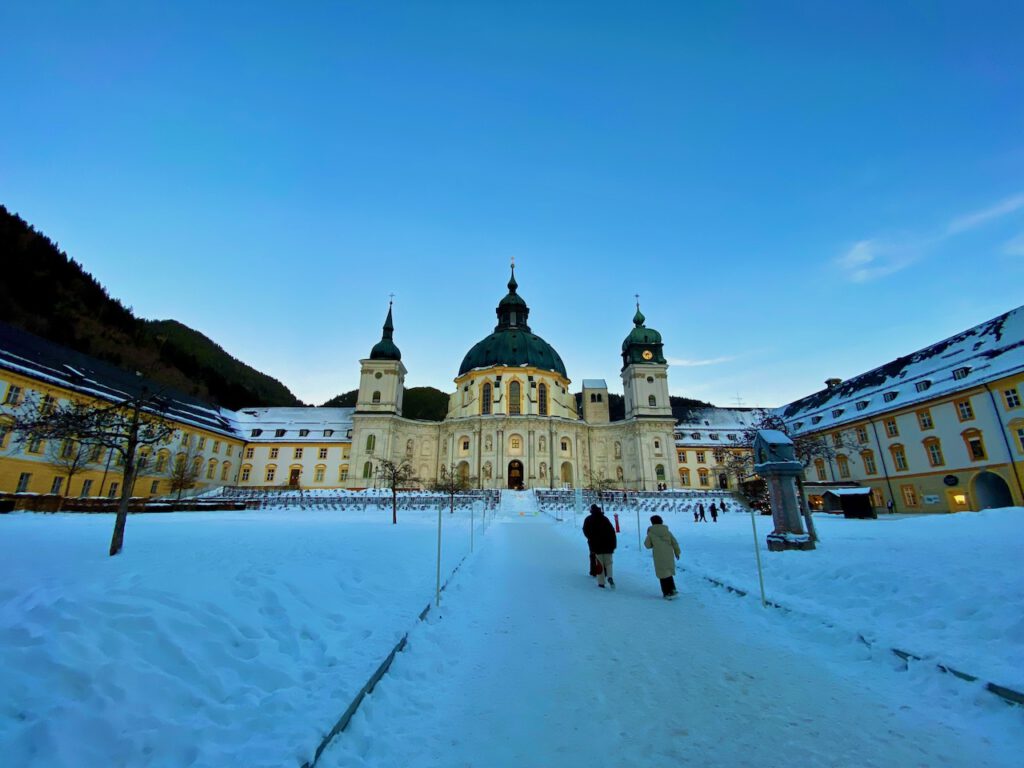The Strongest Thunderstorm In Southern Bavaria 2025 – Massive HP Supercell on September 4, 2025
Peter Engelmann, December 23, 2025
2025 had been a disappointing season for Stormchasers in Southern Germany for some time compared to 2024, or a better and quieter season for farmers and other people.
However, near the end of the Thunderstorm Season, there was one spectacular event which reimbursed weather watchers for a long wait. In the early evening hours of September 4, a massive supercell developed in Switzerland, then intensified in the South-West of Bavaria near the Allgaeu mountains and moved towards Lake Ammersee and further to the North-East.
This supercell thunderstorm intensified and brought storm, hail, and lots of rain. Most of all it created a dramatic and memorable scenery due to its highly structured shelf cloud with multiple floors.
That storm system moved slowly, and because it was already getting darker as the sun was close to the horizon, it increased the dramatic effect of the approaching clouds.
Furthermore the approaching shelf-cloud was, even for experienced weather-watchers, a unique experience as it looked like it would directly touch the ground. We were not the only ones filming that day, and there are a number of videos on YouTube documenting this spectacular weather event.
A public festival in Gillamoos had to be evacuated, and this massive storm left some damage across its path. The Firestarters had a lot of work in the Allgeau region. A dam broke.
Another impressive fact was that the weather system, which started in Switzerland, even made it to the North of Germany. The original supercell became a cluster of storms, a so-called MCS (Mesoscale Convective System).
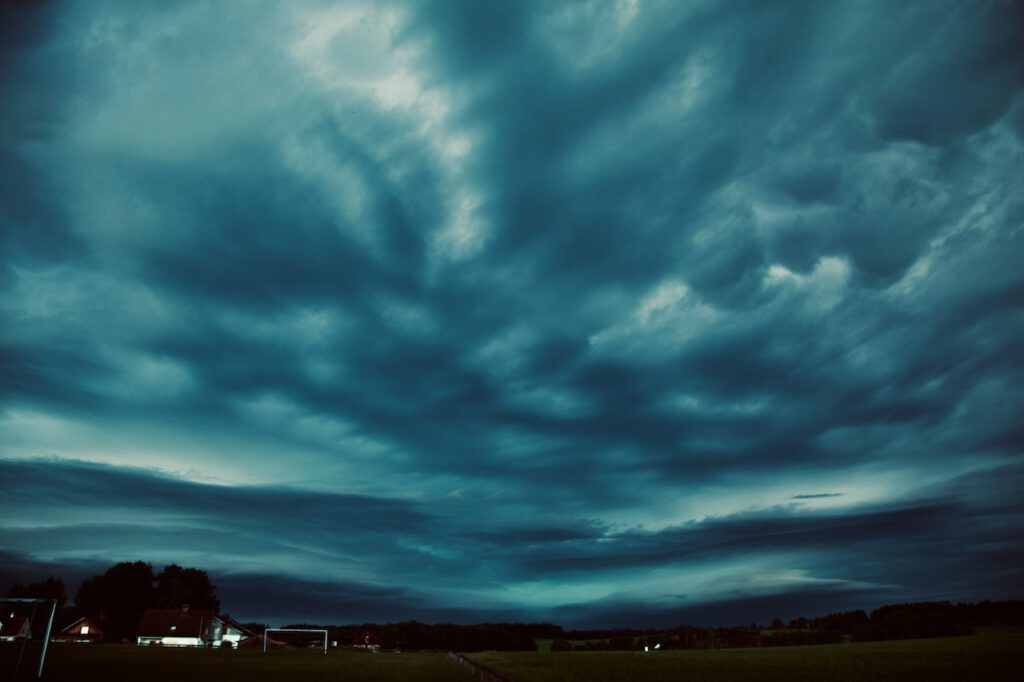
The reason for this extreme weather event was an air mass limit over Germany, separating subtropical warm air from colder air coming from the Atlantic. There was an enormous energy in the air. The models predicted a dangerous situation with severe storms, and a weather warning was issued. The weather forecast was pretty good in this case.
It’s noteworthy that there were often blocking weather patterns over long periods with little change that are responsible for the lower number of thunderstorms in the Southern German area. By the end of the year, there is a clear anomaly with too little rain, even though there wasn’t any severe drought in Southern Germany.
For photographers, this special supercell storm created an eerie, even otherworldly atmosphere which intensified as it got darker and the storm approached:
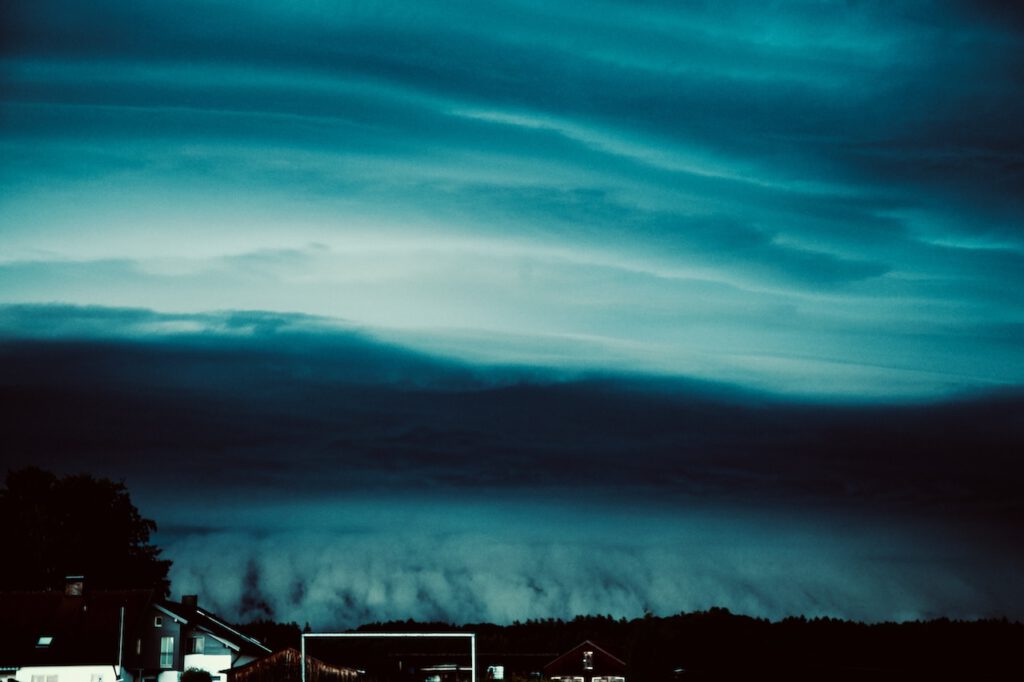
From the perspective in the picture, the approaching shelf cloud appeared like a giant waterfall touching the ground.
And then unique patterns in the clouds above appeared:
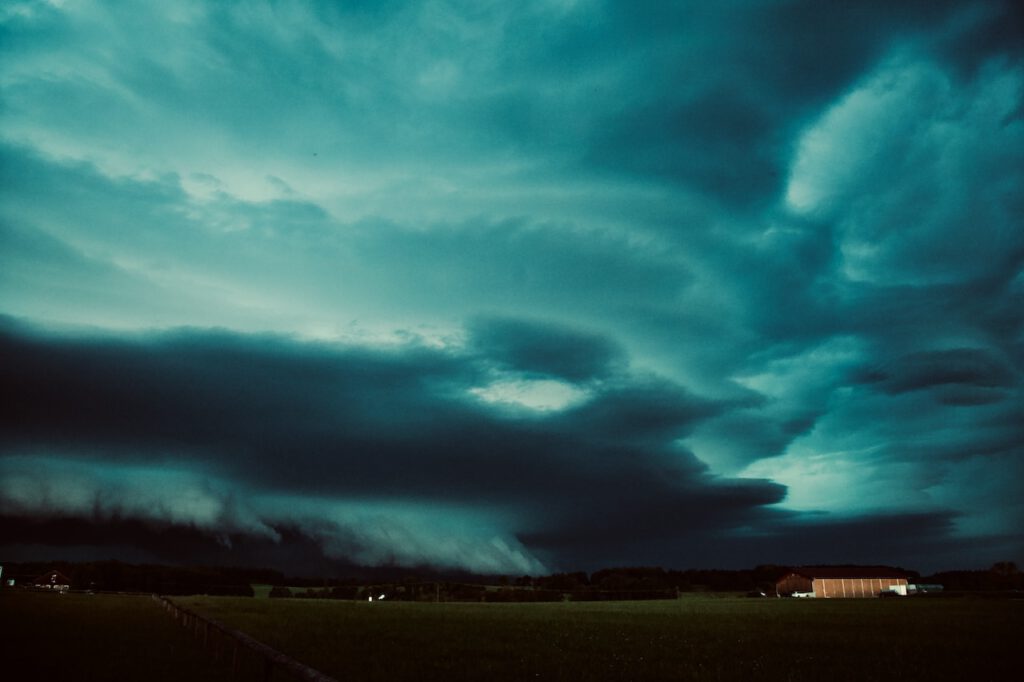
A closer look created images that look more like the picture taken from a probe orbiting Jupiter:
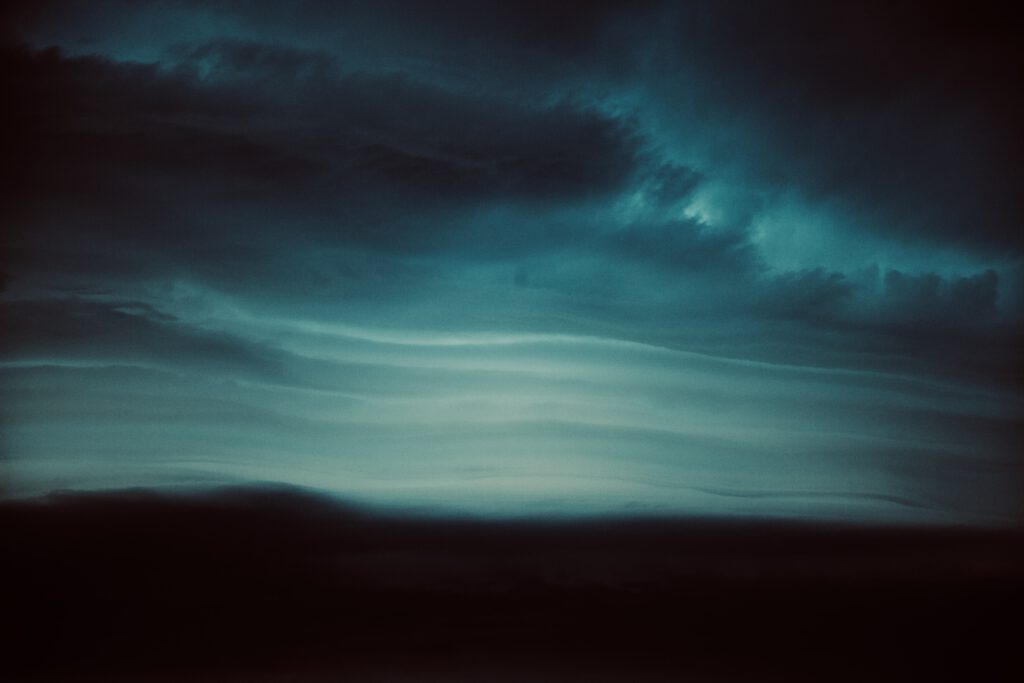
This awe-inspiring thunderstorm was a reminder that we live in a world full of wonder. Even though there is good prediction of these storms, measurement, and scientific synopsis, there is still a mystery here.
